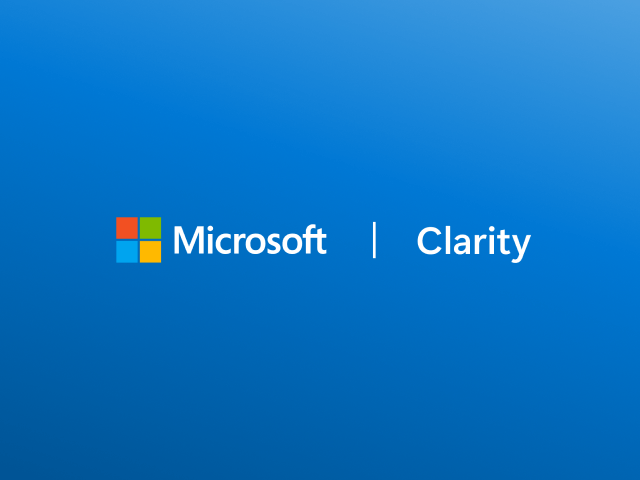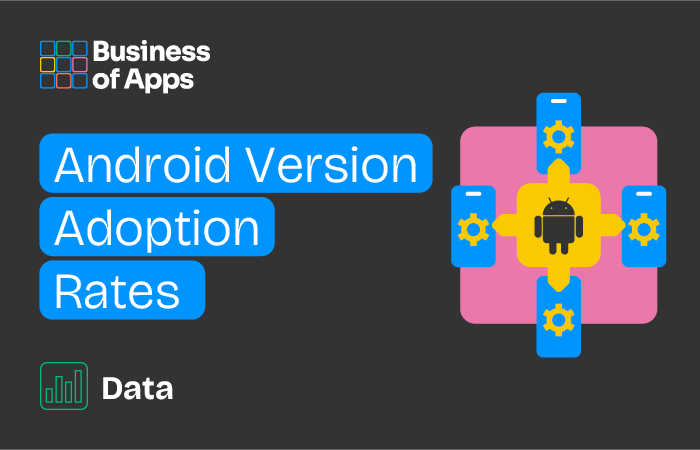Android is the world’s largest mobile operating system with over 3 billion users. Smartphones not named iPhones run an operating system, spearheaded by Google, which pushes out new software releases every year.
Android began as an open-source mobile operating system, and manufacturers can leverage the framework to customize it to their heart’s content. But as Google added its own services and systems, the gap between open source and Android widened.
Currently, open-source Android is a bare-bones operating system, but nearly all Android smartphones are packed with proprietary technology and rules created by Google that Android OEMs must adhere to. There is.


Google consolidated its position in the mid-2010s by pushing for more control and reducing the amount of first-party apps and customizations deployed by Samsung, Sony, and other manufacturers.
Even with this control, the majority of Android users are still running older versions of the OS on their devices. Only about 40% of users update their software in the first few months after a new release is available, but some are unable to do so due to the OEM or the age of their phone.
In contrast, more than 85% of iPhone users regularly update their iPhones to the latest iOS software patches.
We have collected data and statistics on the adoption rate of the Android version. Read below for more information.
Android version adoption rate
Android has been updated annually since 2013. Google used suite-based names the first few times before switching to the traditional number format.


